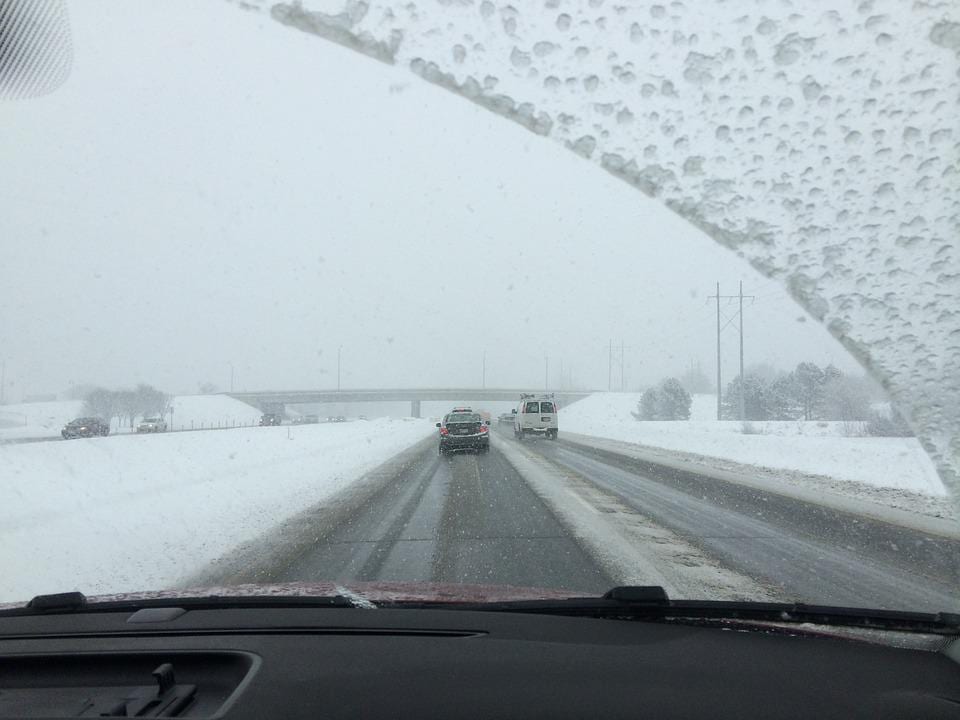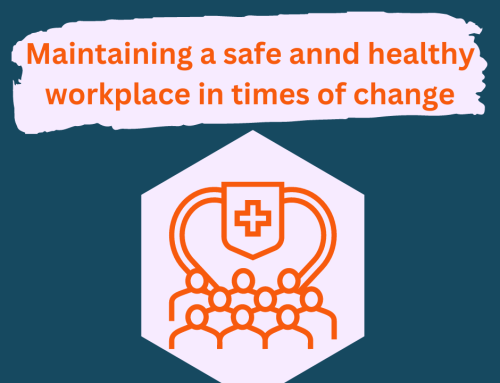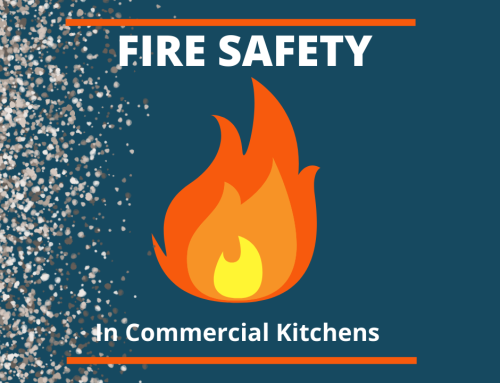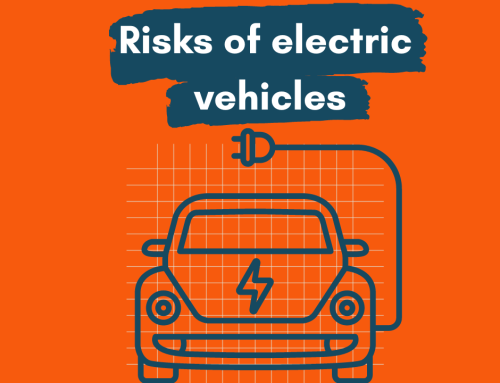Driving in the ice and snow can be dangerous and daunting. The AA give the following advice about driving in these conditions:
- Gentle manoeuvres are the key to safe driving – stopping distances are 10 times longer in ice and snow.
- Wear comfortable, dry shoes for driving. Cumbersome, snow-covered boots will slip on the pedals.
- Pull away in second gear, easing your foot off the clutch gently to avoid wheel-spin.
- Up hill – avoid having to stop part way up by waiting until it is clear of other cars or by leaving plenty of room to the car in front.
Keep a constant speed, choosing the most suitable gear well in advance to avoid having to change down on the hill. - Down hill – reduce your speed before the hill, use a low gear and try to avoid using the brakes. Leave as much room as possible between you and the car in front.
- If you have to use brakes then apply them gently.
- Automatic transmission – under normal driving conditions (motorways, etc) it’s best to select ‘Drive’ and let the gearbox do the work throughout the full gear range. In slippery, snowy conditions it’s best to select ‘2’, which limits the gear changes and also makes you less reliant on the brakes. Some autos have a ‘Winter’ mode which locks out first gear to reduce the risk of wheel spin. Check the handbook.
- If you get stuck, straighten the steering and clear the snow from the wheels. Put a sack or old rug in front of the driving wheels to give the tyres some grip. Once on the move again, try not to stop until you reach firmer ground.
Safe driving!
Source
http://www.theaa.com/motoring_advice/seasonal/winter_motoring.html
Any advice or information in this blog is general advice only. It does not take into account your personal circumstances: please do not take action based solely on this information.





